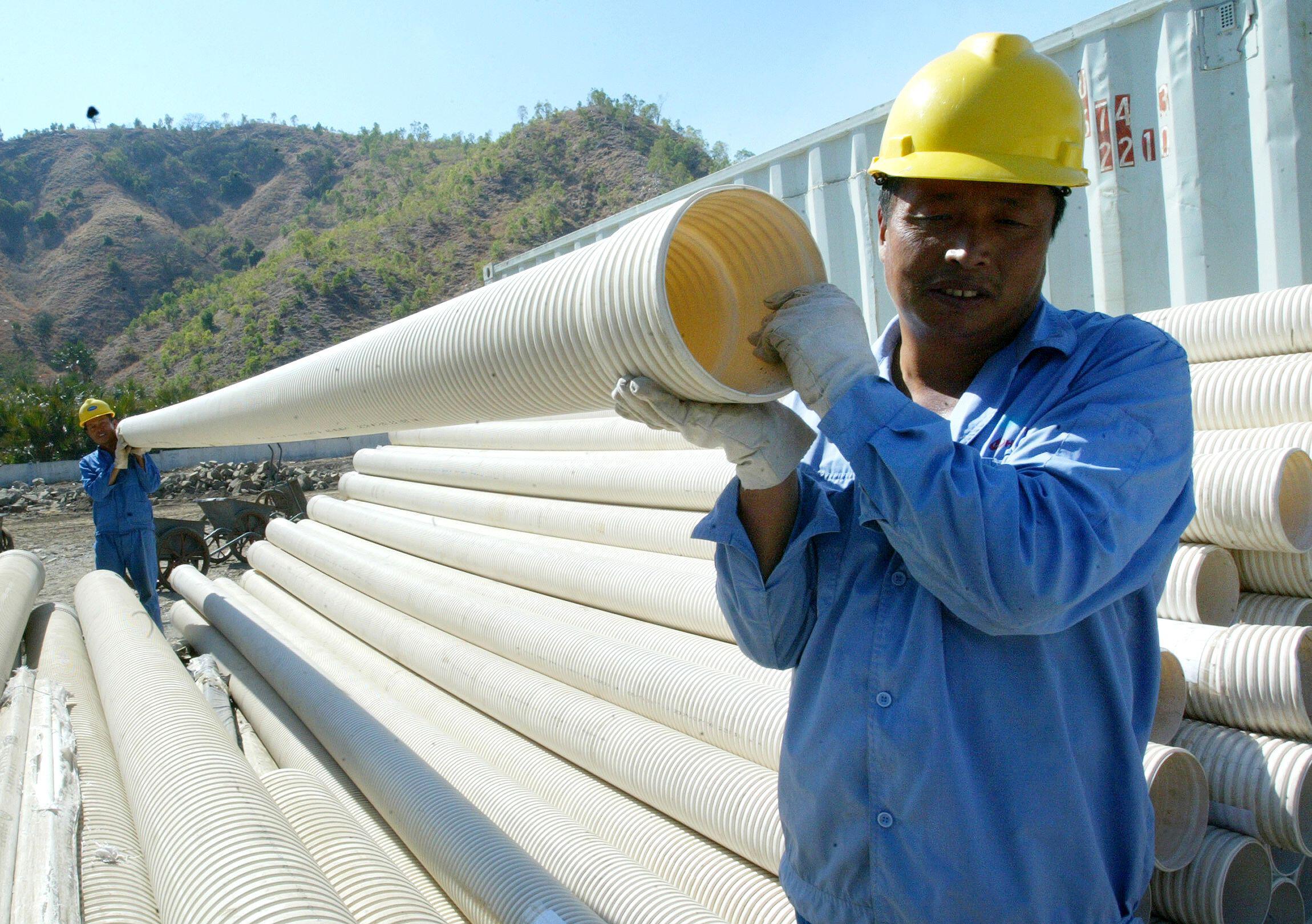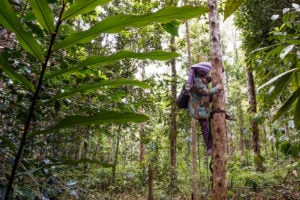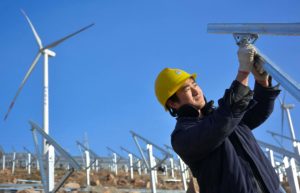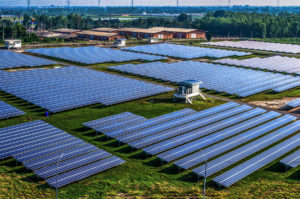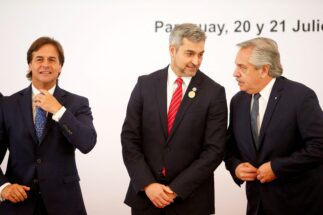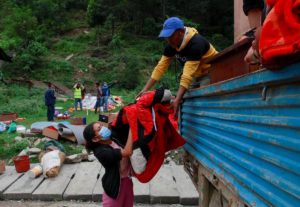Timor-Leste, sometimes known as East Timor, is one of the world’s youngest countries, having formally gained its independence in 2002. It held its most recent presidential election this past April, which saw independence leader and Nobel Laureate José Ramos-Horta return to the office he held between 2007 and 2012.
Timor-Leste’s economy is currently highly dependent on oil and gas revenues. The Bayu-Undan field in the Timor Sea finances about 85% of government spending, but it is nearing depletion. Ramos-Horta wants to develop the untapped oil and gas reserves of the Greater Sunrise fields, situated between Timor-Leste and Australia, and also build oil and gas processing facilities at Tasi Mane, in the country’s southwest. However, despite longstanding ambitions for such projects, international financing has not been forthcoming.
At the same time, Ramos-Horta has also spoken about making Timor-Leste a model for sustainable development, which would require a major shift in its oil-dependent economy. To understand these dynamics, we spoke with Parker Novak, a foreign policy and government relations expert who was previously a programme director in Timor-Leste for the International Republican Institute.
Nithin Coca: What are the risks to Timor-Leste of depending so much on oil and gas revenues for its GDP and future economic growth?
Parker Novak: Anytime you have an economy dependent on one sector, it’s risky. In this case, it’s holding the country’s economy hostage to petrochemical demand and prices. All things considered, it’s not too bad right now, as many countries throughout the world are searching for alternative sources of natural gas in the wake of Russia’s invasion of Ukraine, and the impact that has had on energy markets.
Look forward to the late 2020s or early to mid-2030s, though. The country’s economic future is dependent on the Greater Sunrise hydrocarbon field delivering its envisaged revenue, starting in the late 2020s. But that comes with a lot of very big assumptions, namely, that there will be demand when the time comes, and that prices will be sufficient.
Globally, we seem to be on a trajectory where renewable energies will grow and we continually shift away from fossil fuels. You could see demand for hydrocarbons plummet, which would put Timor-Leste in a bad spot. Under current circumstances, if the Greater Sunrise doesn’t deliver, the country’s economy goes bust. There’s really not much else there right now and that ultimately turns into a very bleak picture for the country. So, there is a lot of risk in being dependent on oil and gas revenue.
There’s certainly recognition of the need to diversify the economy and avoid the resource curse, but efforts to diversify have flatlined. They generally haven’t gone well, so you’re still sitting here with an economy dependent on hydrocarbons.
José Ramos-Horta has in the past spoken about making Timor-Leste a model of sustainable development. What opportunities exist for investment in renewables and other non-fossil fuel infrastructure?
I think one of the things that is going to impact how Timor-Leste pursues oil and gas development – and renewables for that matter – is the impact climate change is having on the country itself. You’ve already seen fairly significant impacts on crop cycles due to the calendar of the rainy season shifting, and the impact that has on agricultural output – and ultimately the food supply for Timorese. And it’s important to remember that, as a country that is always teetering on the edge of food insecurity, agriculture and food are hot-button issues.
In 2021, the country was hit by Cyclone Seroja, the worst natural disaster seen in 40 years, and there’s a pretty credible argument that climate change contributed to the extremity of it. I think the impact climate change is and will continue to have on Timor-Leste may force action from the government in regards to moving away from fossil fuels and pursuing policies that address climate mitigation.
One of the challenges is going to be the lack of economic alternatives to fossil fuels. And if there is to be this shift away from oil and gas, they’re simply going to need credible alternatives that can fill that gap. Potential opportunities for renewable investment and other non-fossil fuel infrastructure are pretty limited right now. That could change, though.
What is the current role of China in Timor-Leste, and how might that change under the new government?
China’s role and relevance are growing. As in many countries, China has been a big player in infrastructure investments in Timor-Leste. Two examples that come to mind are the South Coast Highway and Tibar Port, the latter of which is located just outside [the capital] Dili. China’s role and influence are also manifest in other ways: trade with China doubled between 2020 to 2021 from US$190 million to $400 million. But I should note that nearly all of that is imports into Timor-Leste, and that it has a fairly sizeable trade deficit as a result.
What receives even more attention than the aforementioned infrastructure investment is the prospect of Chinese investments in the oil and gas sector, particularly as pertains to a mega-project called Tasi Mane, which is intended to develop domestic oil and gas processing infrastructure from scratch.
Under President Ramos-Horta’s administration, I think China’s influence is poised to grow, partially because I take the view that he has a pro-Beijing tilt, but that’s not necessarily going to be at the expense of Western investment. He wants investment from all of the above, if you will, as plenty of leaders and countries throughout the region also do.
China has made moves to green its Belt and Road Initiative, and Australia’s new administration looks to be taking a stronger position on climate. Will an increasing recognition of the urgent need to move away from fossil fuels globally mean a change in the foreign investment Timor-Leste receives?
There’s a lot of questions as to whether capital will actually be there for oil and gas infrastructure. And that’s been a big struggle for the country: to secure capital investment for Tasi Mane. I think it important to remember that, for a number of reasons, the oil and gas sector in Timor-Leste has received relatively limited recent foreign investment.
They’ve been chasing money for Tasi Mane for a number of years now, and trying to play China and Western countries like Australia, Japan and the United States off each other to secure more investment, but that isn’t producing results. Even Chinese state-owned enterprises are not doing so because of the commercial viability questions around Tasi Mane and the oil and gas sector at large. So, there are definitely some wider issues for the country to deal with here.
Can the international community do more to help Timor-Leste transition away from economic dependence on fossil fuels?
There’s been a long-term desire to diversify the economy, yet there has been minimal success in actually doing so. And so, while you may see a desire to turn Timor-Leste into a case study for sustainable development, I think going from talk to action is a very difficult thing for a variety of reasons.
One option could be for countries, the United Nations, multilateral entities, or even private capital, to come to the table and pay Timor-Leste not to tap into Greater Sunrise or potential onshore oil and gas deposits. If there could be credible capital inducements to draw Timor-Leste away from exploiting Greater Sunrise, that might work. But whether anyone is willing to come to the table with the money is the big question.
Can China be a part of efforts to help Timor-Leste diversify?
If China could change their playbook with foreign investment and embrace investments that are transparent, environmentally friendly, clean, and that create local jobs, they could certainly have a positive impact in Timor-Leste. But that doesn’t seem to be in the offing, and to date, Chinese investments in Timor-Leste have not provided that. For China to play a positive role, I think they need to change the model we have seen them use in recent years in developing countries.
